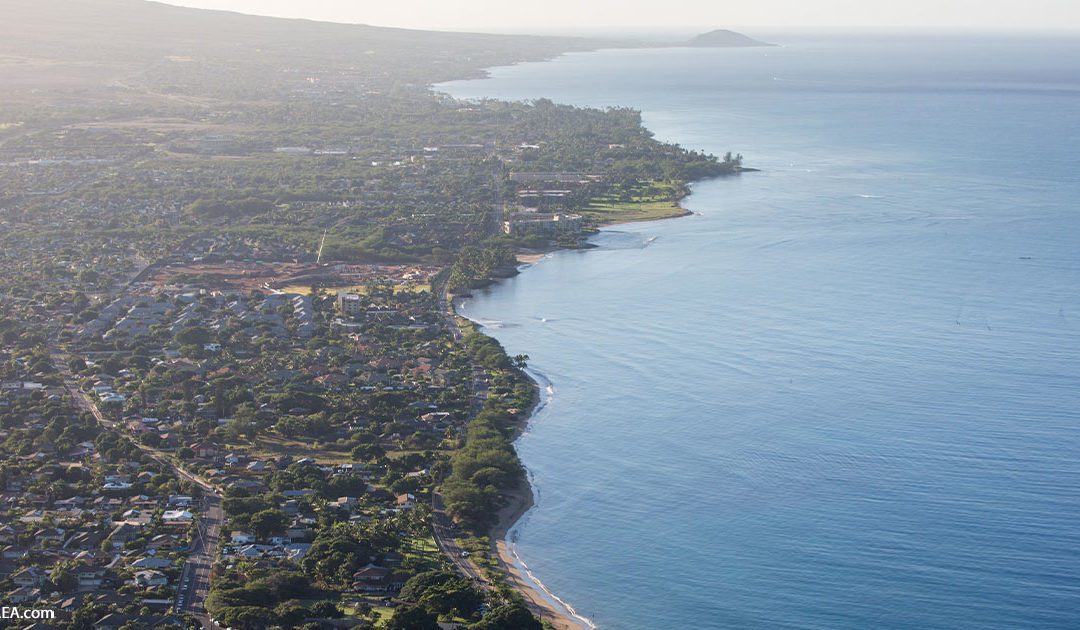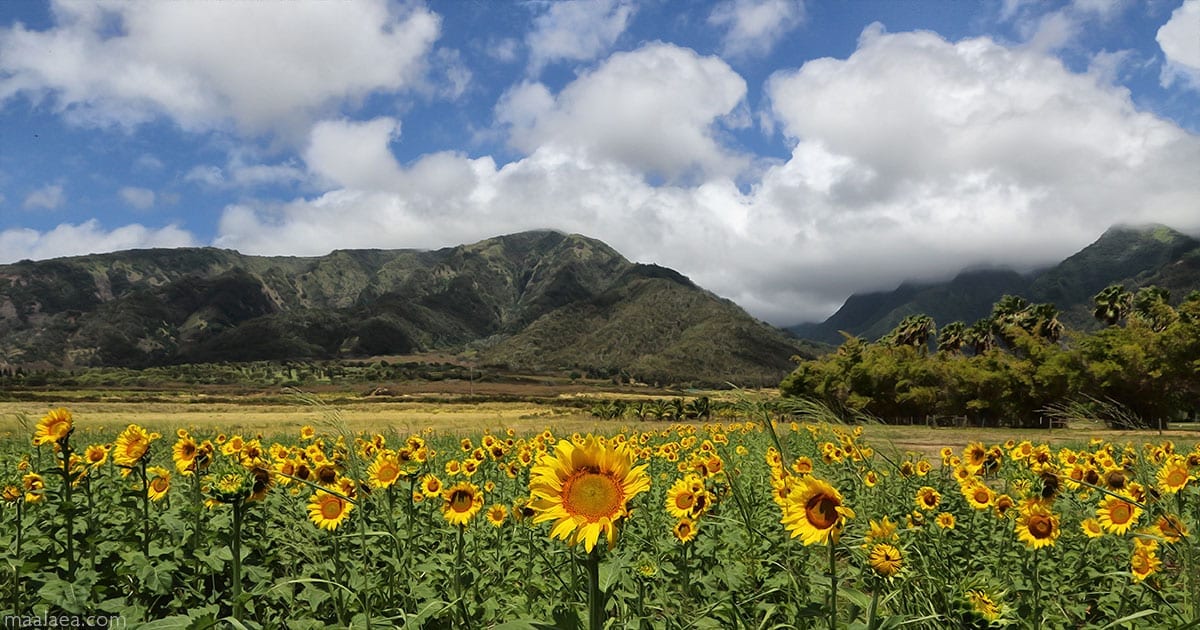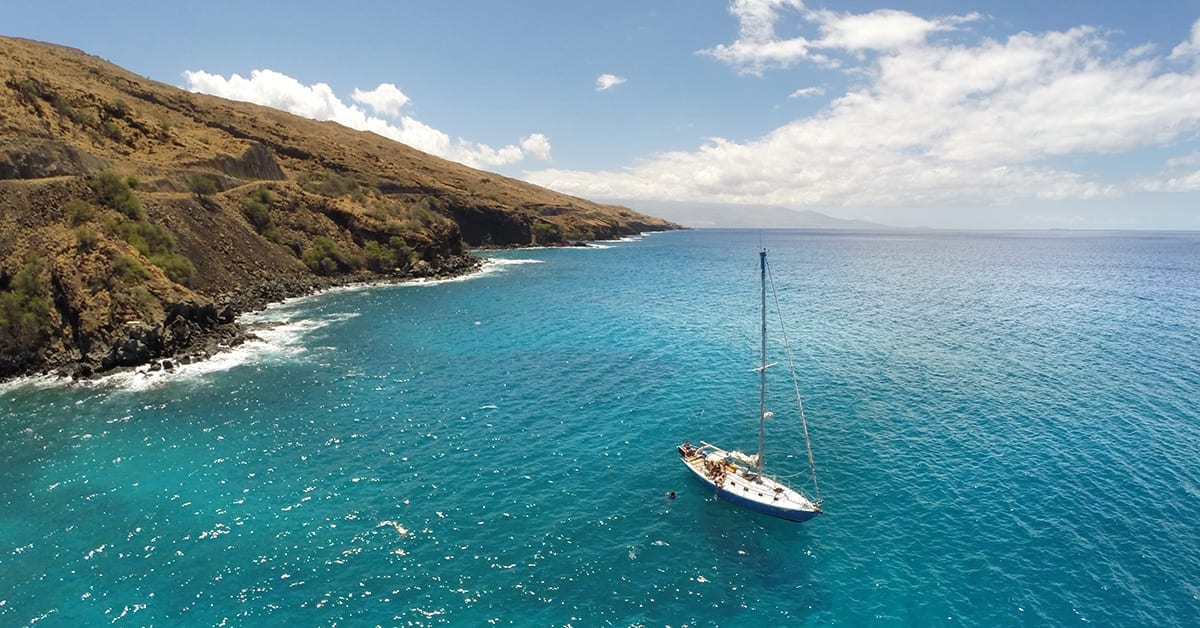Visit Maui and chances are you’ll be intrigued by the ubiquity of signs for Alexander and Baldwin, from Wailuku’s H.P. Baldwin High to Makawao’s Baldwin Avenue.
But what’s the story behind it?
As two of the most influential (though controversial) figures in the Valley Isle’s history, Samuel Thomas Alexander and Henry Perrine Baldwin shaped the Maui we know today, having paved the way for its designation as one of the largest sugar providers on the planet.
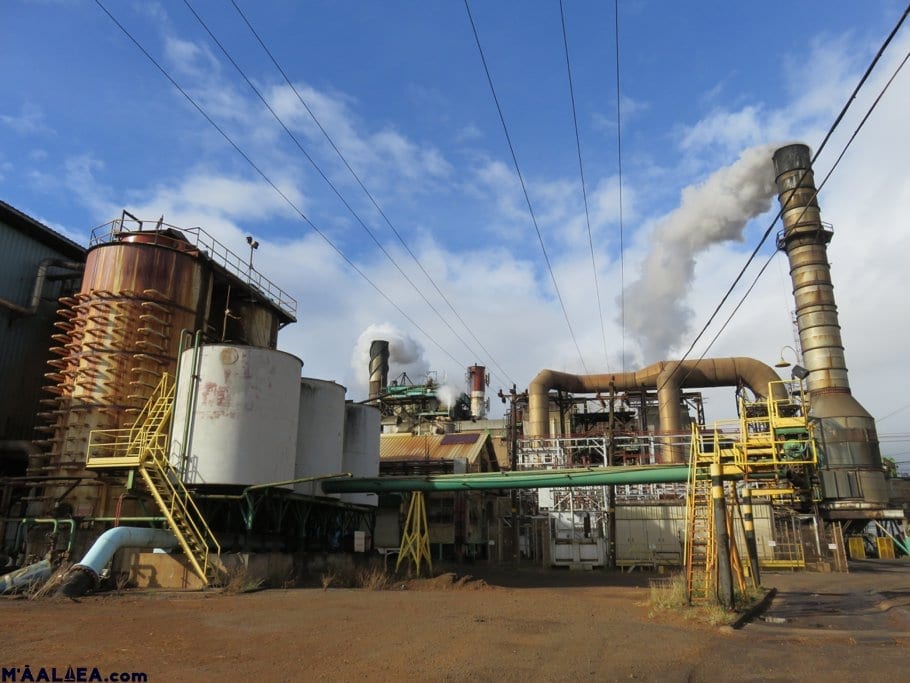
Photography by Stu Soley
That legacy began at least thirteen centuries ago when Polynesians transported ‘ko’—or sugar—in their canoes before settling into the Hawaiian Islands.
“Native Hawaiian planters would typically maintain a patch of ko on the perimeter of their farm plots,” writes Paul Wood in Hana Hou. “They recognized some two dozen varieties and used the juice in food and as medicine, the leaves for thatch and the plumelike flowers in many ways.”
Operations for commercial sugar-harvesting began in the island’s Central Valley—specifically, Wailuku and Waikapu—during the 1820s. By 1870, Alexander and Baldwin made their first mark when they planted a sugarcane crop on their plantation below Makawao. Four years later, Wood writes, King David Kalakaua “helped persuade the U.S. government to enact the Reciprocity Treaty, allowing island sugar growers to sell their product duty-free.” As “boomtime” ensued, Alexander and Baldwin—childhood friends, both Protestants—expanded operations and created Maui Agricultural Company, an outfit that was incorporated with Claus Spreckel’s Hawaiian Commercial Co. and eventually became Hawaiian Commercial & Sugar Co.—a corporation that included California and Hawaii Sugar Company (that of the iconic pink and blue C & H label) and went on to dominate the Western World as one of the biggest suppliers of the sweet stuff.
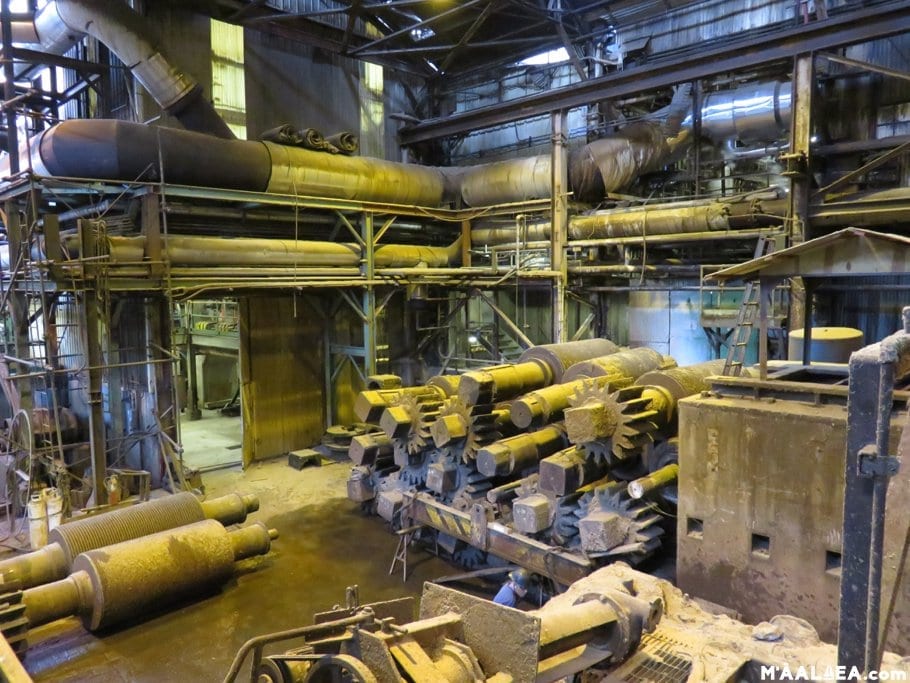
By 1901, those original efforts by Alexander and Baldwin were palpable across the island. The construction of Kahului Railroad and Kahului Harbor provided greater means to transport both sugar and people, while the erection of a towering mill in “goose hill”—a small community in the center of the island that’s known as Pu’unene—allowed HC&S to reuse its cane wash water for irrigation. Through the acquisition of additional land, HC&S’s plantations went on to span an enormous swath of the island’s 727 square miles, ultimately comprising 36,000 of Maui’s acres and giving kama’aina and visitors sweeping views of the crop’s tall, green stalks.
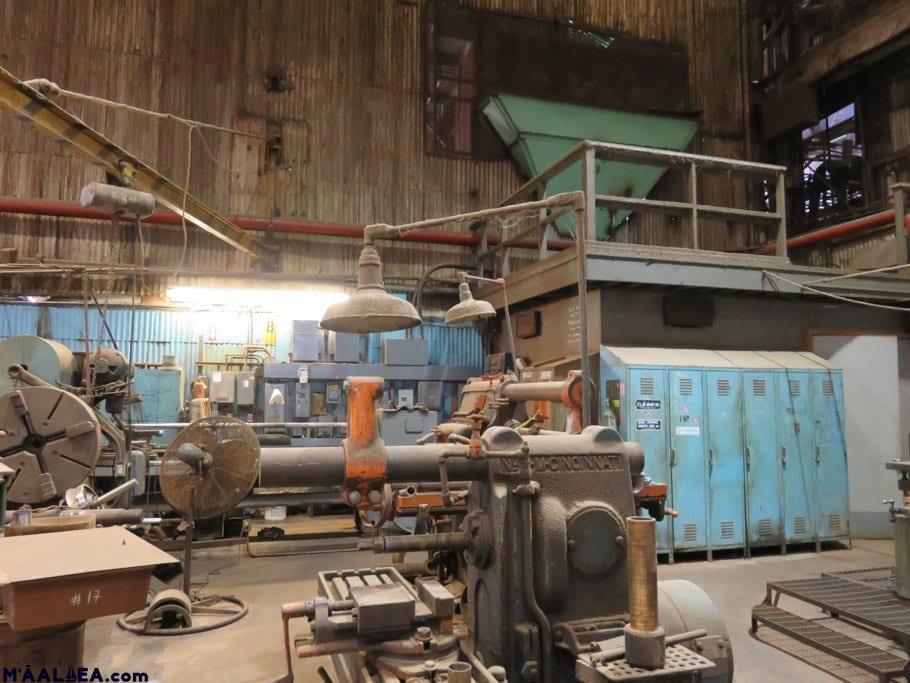
For years, Alexander and Baldwin’s harvest was a tremendous boon for Hawaii’s economy; it also served as one of the driving forces behind the “mixed pot” demographic for which the Aloha State is famous. Droves of farmhands arrived from as far away as the Philippines and Portugal, taking Maui and the other islands from a place inhabited primarily by native Hawaiians and missionaries to one that included a variety of peoples and their attending cultures. As Hawai’i Magazine puts it, “Everyone who lives here now can see, hear, and taste the effect of the sugar plantations on the islands, from the landscape carved out by acres of cane to the pidgin we speak to the foods we eat: teri beef, manapua, adobo.”
But by 2016, nearly a century and a half after Alexander and Baldwin planted that first upcountry crop, the island’s sugarcane era reached its end when A&B announced the closure of HC&S, citing a transition to a diversified farm model and huge economic losses as the chief reasons for shuttering up its site in Pu’unene and letting go of 675 employees. (Other factors, including weather challenges and community opposition to cane burning and water use, also contributed to the decision, A&B’s President and CEO Christopher Benjamin said.)
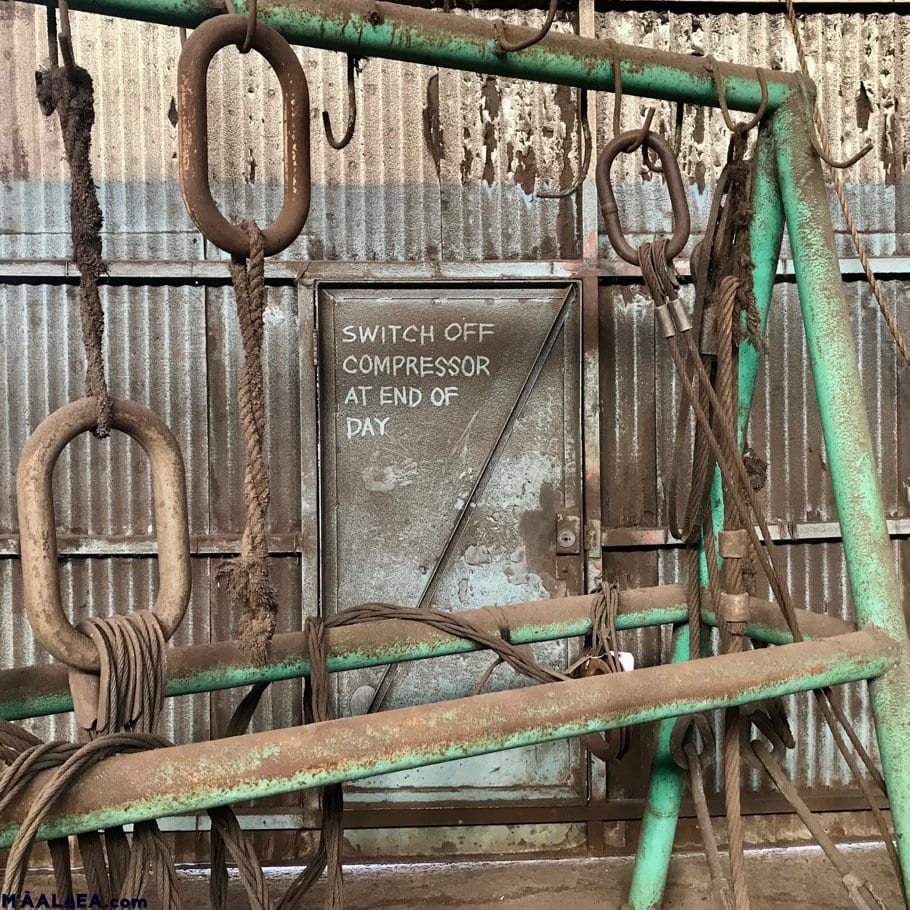
Many Mauians are mourning—and bemoaning—the closure of HC&S. Aside from the job losses and displacements it’s caused, there’s the whole aspect of nostalgia—and necessity. For some, the smokestacks in Pu’unene served as a weather vane, illustrating whether the winds coming across the Central Valley were Konas or trades. For others, the closure hammers home the end of island life as it was known. “There is that nostalgia about that community life,” says Dorothy Pyle, a former professor of Hawaiian Studies at the University of Hawaii Maui College, whose husband, Bill, served as a long-time employee of HC&S. “It’s changing us forever because I will never see 36,000 acres of agriculture again, it just won’t happen. So that whole feel of the island—flying in over these fields and driving through them going to Lahaina—never going to be again.”
“That smell, it’s nostalgic,” agrees Larry Lambert, a former field engineering technician. “That’s what I’m going to miss. The squeezed, juicy, hot molasses. You can still smell it out in the fields, that aroma of burnt cane.”
Meanwhile, there is, pressingly so, the logistics of the land that was once devoted to cane—an area of Maui, Hawai’i Magazine reminds us, that is the twice the size of Manhattan.

“The challenge and opportunity we face is 36,000 acres from sea level to 1,000 feet, with 60 inches of rain on the windward side to 12 inches of rain on the leeward side and all the conceivable soil types and typography,” says Jerrod Schreck, director of land stewardship and renewable energy development at A&B. “We were spoiled by sugar, it’s a really forgiving crop, and the market facilitated it for a long time. But the circumstances have changed, and we’re not convinced an industrial monocrop is the solution.” In the meantime, A&B is, Hawai’i Magazines writes, “experimenting with biofuel crops including sorghum and is in the process of converting 4,000 acres into pasture for grass-finished beef.”
As Maui adjusts to this shift, a number of islanders are determined to keep HC&S’s heritage alive. Pyle, Hawaii Public Radio reports, lives in an upcountry home created by “sanded slabs of redwood from leftover molasses crates that floated across the Pacific”—remnants from the Paia Mill, which closed in 2000. Others keep photos and keepsakes from the epoch. But it is The Mill House, and the Maui Tropical Plantation upon which it sits, that is going above and beyond to both honor and sustain sugarcane’s history in Hawaii.

A brief glance at the history behind Maui Tropical Plantation and The Mill House suggests why. The name of the restaurant itself was inspired by its rich history in Waikapu—a region, near the original site of The Cornwell Mill, that once housed mill workers and their modest homes and camps. When production increased and The Cornwell Mill closed, Wailuku and other mills opened in the area, and the extended acreage of the Maui Tropical Plantation was leased for harvesting sugarcane.
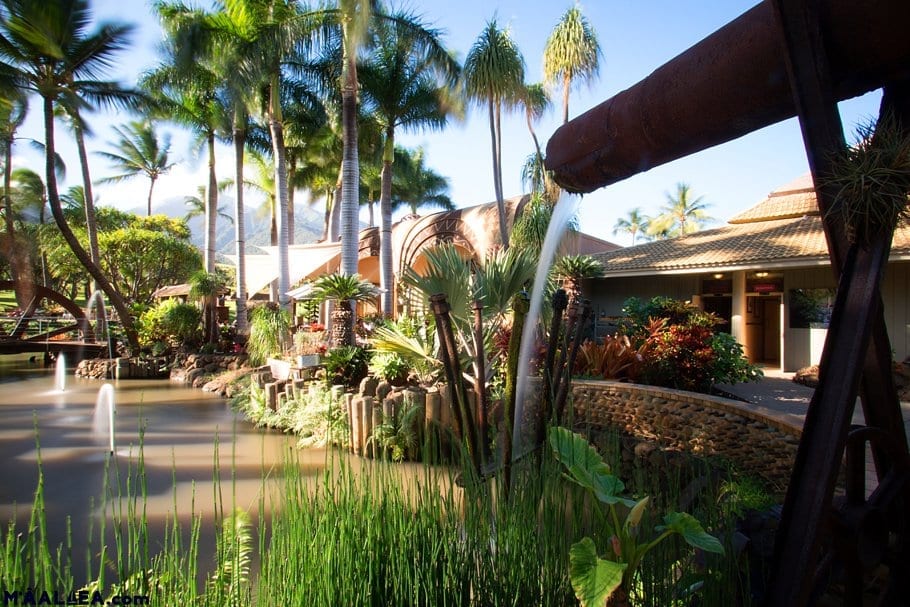
When news that the Wailuku Mill would be closing, Mr. Atherton—one of the owners of the Maui Tropical Plantation—felt it was vital to salvage and preserve some of its pieces. For years, these vestiges rested at the plantation, but as the idea of opening The Mill House came to bear, it became clear how these relics could be celebrated. Over time, and in conjunction with local artists and the plantation’s co-owner, Mr. Boyce, it was decided that the larger pieces of the Wailuku Mill could be installed at The Mill House as part of its infrastructure and to serve as displays. The effect, in a word, is stunning—and one of the many draws that lure people to the plantation and its award-winning restaurant.
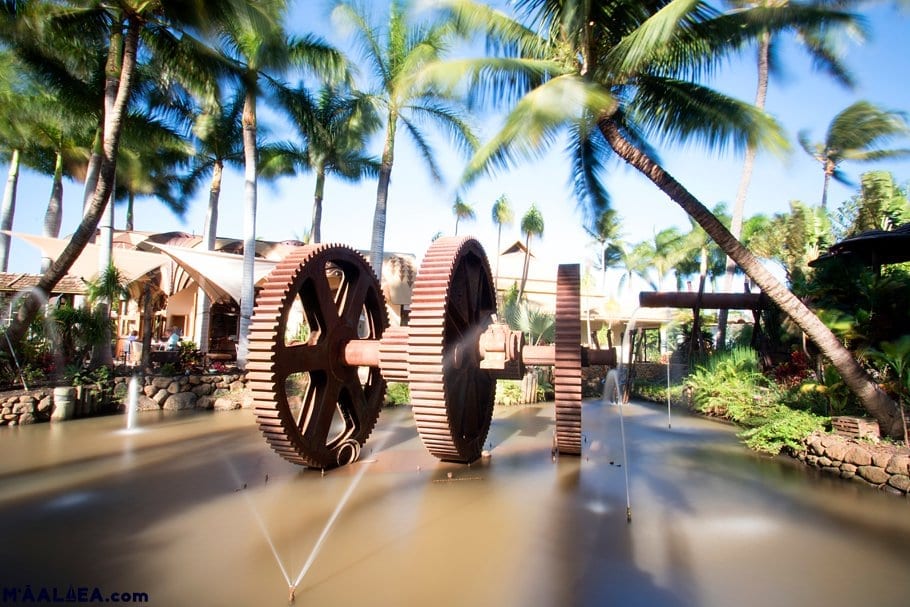
The impending closure of the Pu’unene Mill deepened The Mill House’s resolve to pay proper homage to the island’s past. The closure, says The Mill House’s Director of Communications, Marketing, and Education Amanda Hall, “affected Maui Tropical Plantation as much of the land, which had been leased for sugarcane growing, would now be available for other farmers. At the same time, we realized it also meant we would no longer see the mill in operation—and we felt it was important for our employees to get a chance to see what the mill looked like in all of its glory.”

To that end, Mr. Boyce “reached out to his connections at the mill and we were afforded the chance to tour the mill in full operation,” says Hall. “For the chefs this was an exciting experience as they got to see the full production process of an ingredient they use every day. For many of us, we left the mill feeling closer to each other and closer to Maui. We all commented that the connection to the sugarcane fields that we passed as we drove back to the plantation and the pieces that we see here every day had a much deeper meaning for us.”
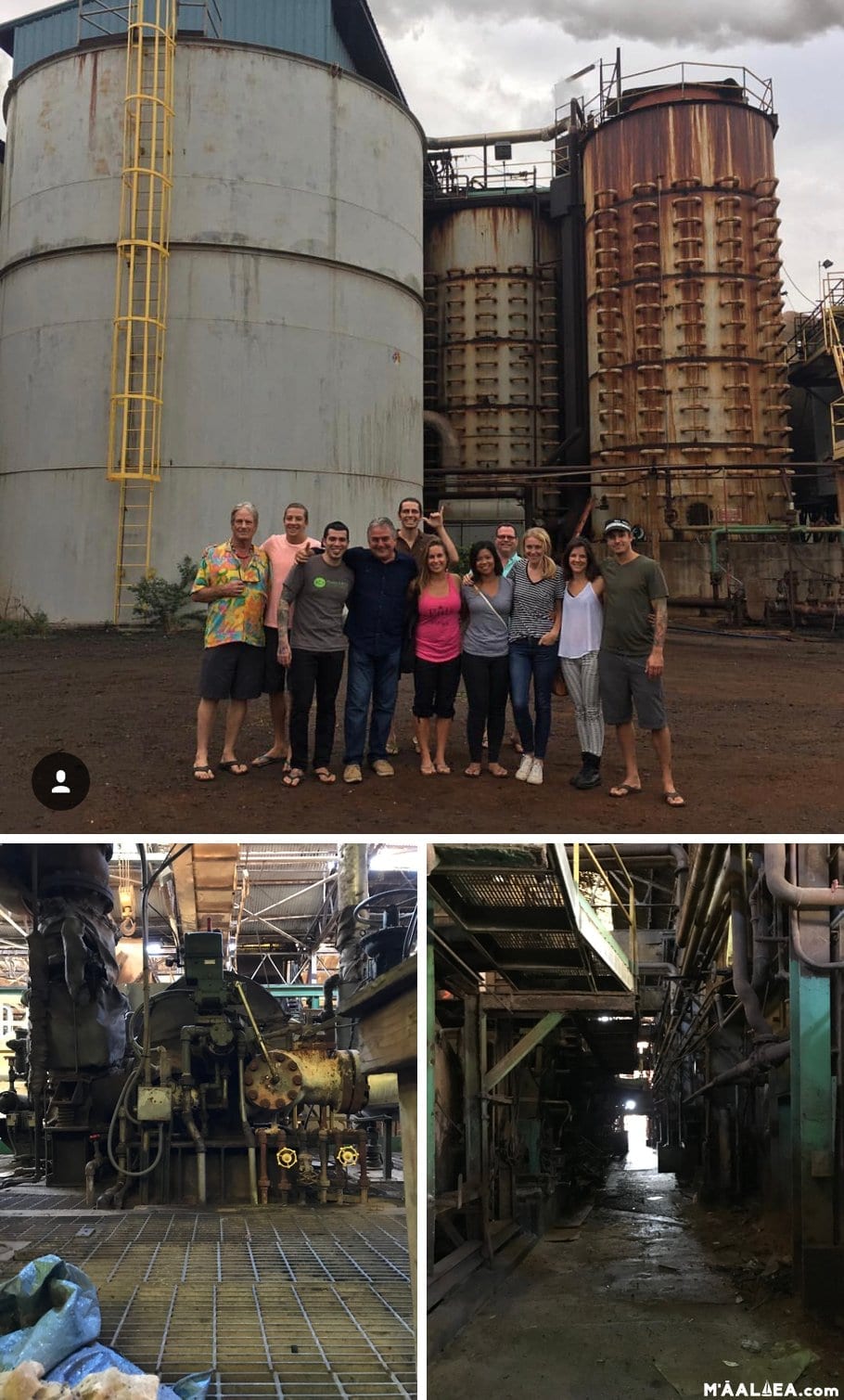
When the Pu’unene Mill completely ceased production, Hall and other plantation employees were invited to save and restore pieces from the mill. “These visits to the plant were far different than the ones before,” she says. “They were sad and eerie as there were no workers around and the machinery had come to a halt. There was a strong realization among all of us of how many lives have been involved in the history of the plant.” Vast rooms that once hummed with the sound of large machinery had gone silent. Employee lockers were left untouched, still containing bits and pieces from the laborers’ lives. Stations in the blacksmith shop were peppered with tools from previous operators just walking away. “You could hear the clink of a piece of metal if you dropped it on the floor a hundred yards away,” Hall adds, saying that the mill was “reminiscent of a ghost town.”
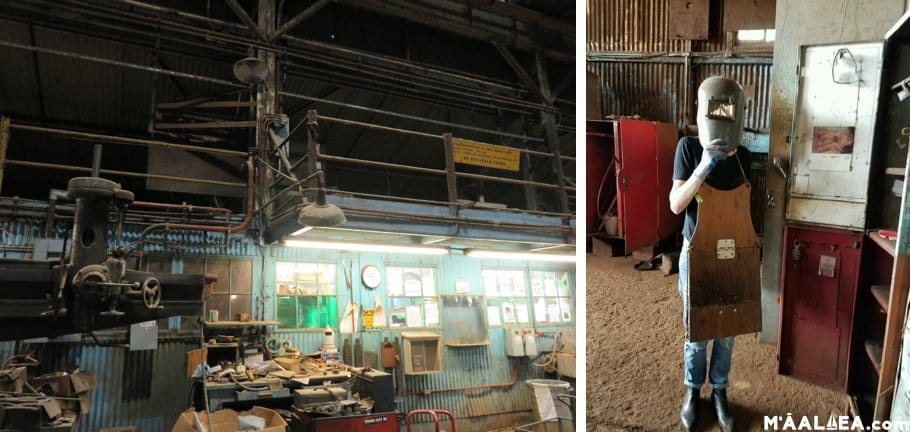
But in the wake of these trips, Hall says, “we became even more closely connected with what this mill had stood for and the impact it had on Maui. Our desire to preserve these items became all consuming. Where once we had salvaged large 12-ton gears from the Wailuku plant, now we were in search of small treasures. Blacksmith goggles, hammers, calendars from employee lockers, bolts, nuts, anything that a human hand had touched. A chalkboard with blacksmith measurements written across it still intact. Locker doors lined with Playboy magazine centerfolds and photos from coed softball championships. Lamps strung over workstations were dismantled and brought to The Mill House in hopes to repurpose them and allow a new electricity to flow through.”
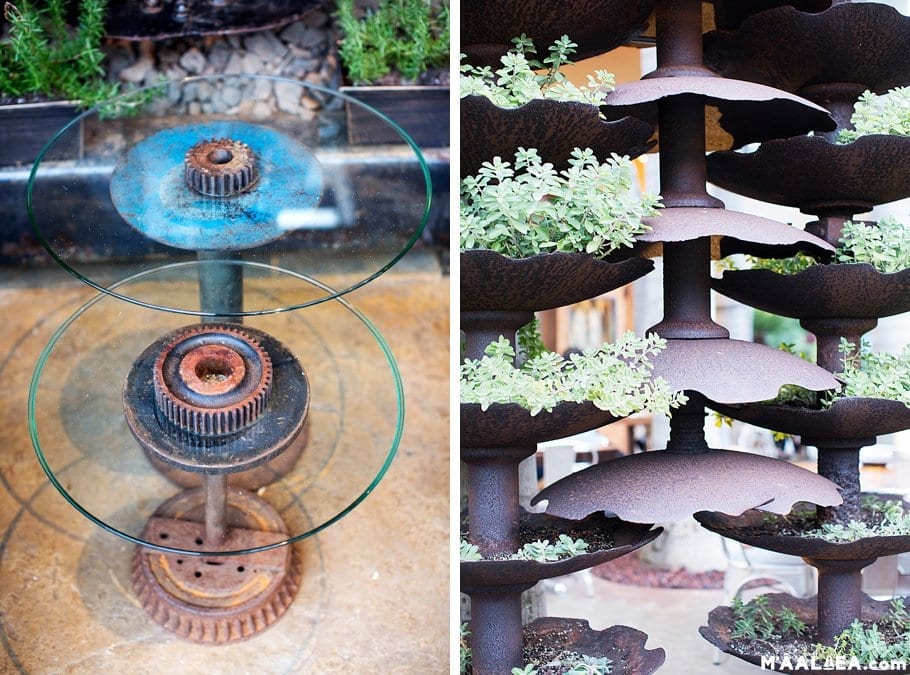
Since then, the Maui Tropical Plantation has done just that—literally and metaphorically—by spending a great deal of time installing vignettes throughout the property to tell the story of the mill’s importance. “In a way, the story is universal,” Hall says. “Myself and our owner grew up in areas where steel and lumber mills once stood and now as a result of globalization have moved to other countries. The abandoned sites that dot the American landscape and the stories of those who worked in them still resonates with many.”
“Sugarcane growing and processing is such a big part of Maui’s history,” she says, so much so, “it’s important for us to have guests at The Mill House get to see that story in as much of its entirety as possible. For us it’s about connecting the dots between the farmland that was grown for sugarcane, to the ways it was transported to the processing plants, to the large machinery that operated within those plants, down to the small tools used each day by the many workers whose lives were supported by this industry—and then now, to reflect upon what we learned.”
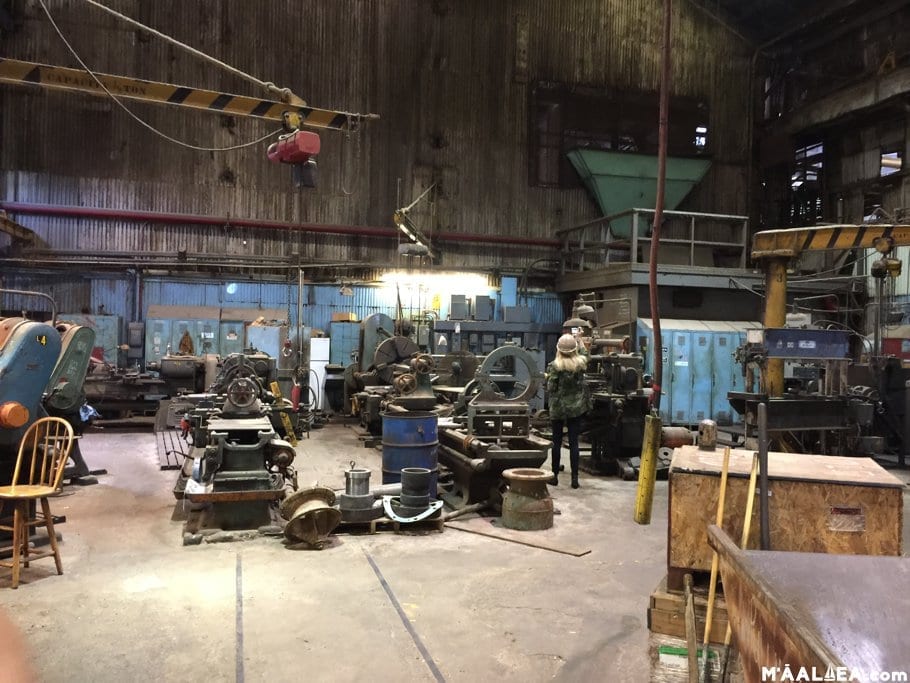
As for the sugar museum itself? The Pu’unene-based exhibition hall, which celebrated its 30th anniversary in July of 2017, isn’t just thriving—it’s stronger than ever.
“We have nowhere to go but up,” museum director Roslyn Lightfoot told The Maui News. “The closing of the mill has been a death in the family…but it is opening up other opportunities for us. People are recognizing the value of what we support.”
Accordingly, The Maui News reports, “expansion plans are underway,” including a train museum (that will feature the Kahuku steam engine and the locomotives on display at Maui Tropical Plantation), and a plantation village, as well as “increased outdoor displays of the mill and field equipment, and a large grassy area for community events, including cultural festivals and plantation camp reunions.”
Those who visit the museum in Pu’unene often pause outside its entrance to snap shots of what went down as the last functioning sugar mill in Hawaii. Posterity may be one of the aims, but the impact sugar had on Maui will always remain. “It might be a few different shades of green,” HC&S’s former General Manager Rick Volner said of the future of Maui’s cane fields, “but it will still be green.”
